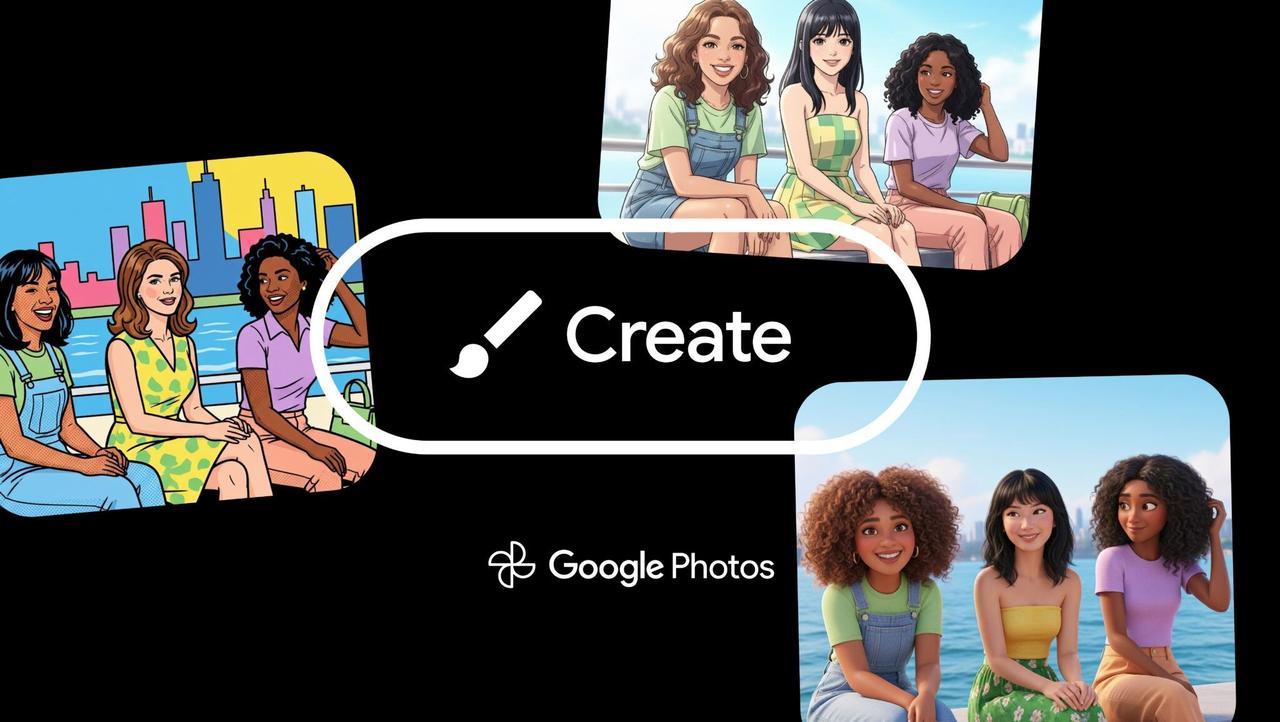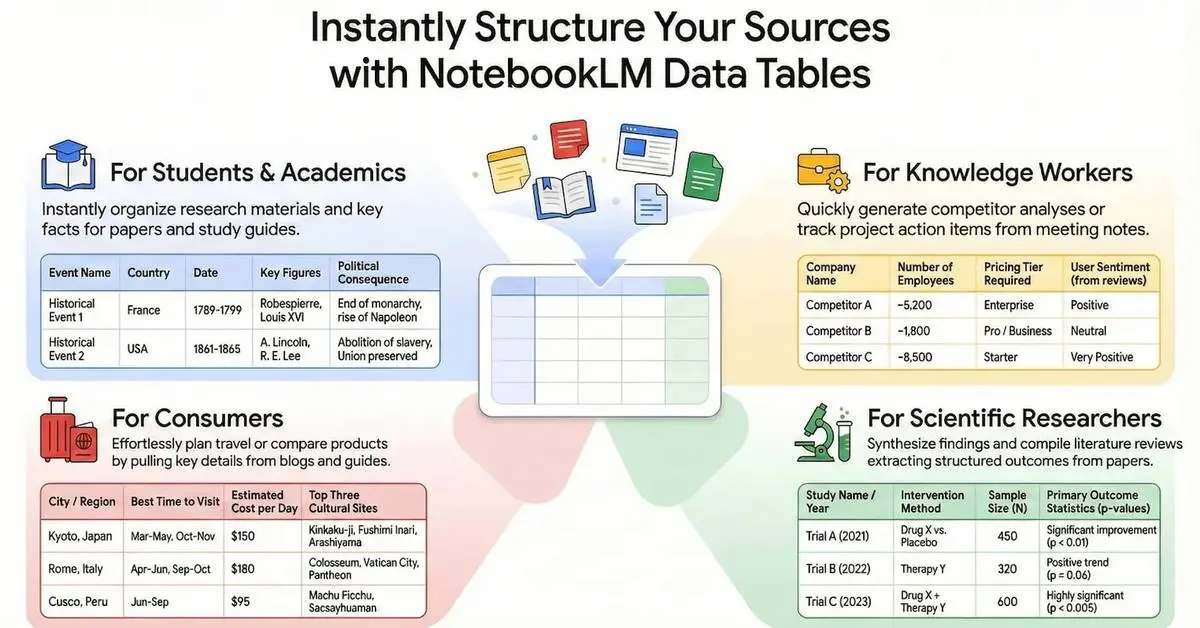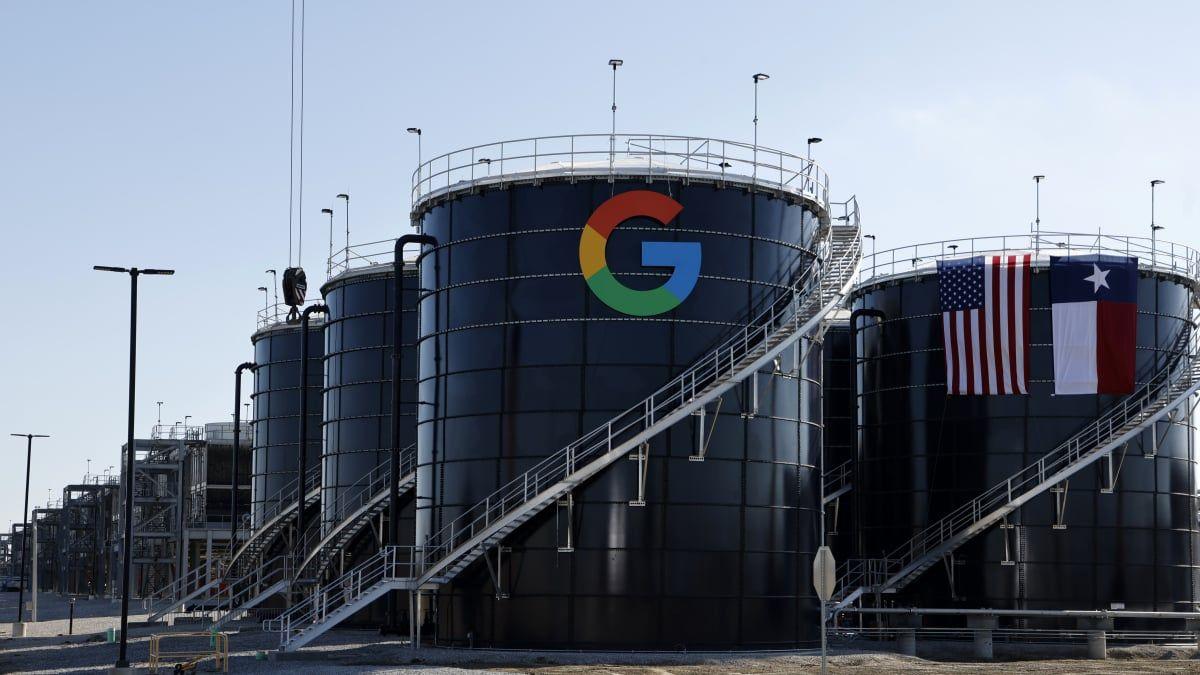Google's AI Brings Harley-Davidson's History to Life with 'Moving Archives' Project
2 Sources
2 Sources
[1]
We used Veo to animate archive photography from the Harley-Davidson Museum
Sorry, your browser doesn't support embedded videos, but don't worry, you can download it and watch it with your favorite video player! Moving Archives, a new program from Google Arts & Culture Lab, explores how Google AI can bring visual archives to life. For the first edition we've collaborated with the Harley-Davidson Museum, whose rich collection is a treasure trove for anyone interested in motorcycling, the history of this iconic American brand and even broader American culture and industry. With the help of Veo, we animated the Harley-Davidson Museum's still archival imagery with subtle motion. You can switch easily between the original archival image and the AI video. See a glimpse of an old factory floor, board track racers or young people learning to ride. Gemini also generates insightful text and audio commentary for each animated photograph. "The Harley-Davidson Museum was immediately curious when the possibility of transforming our static collection photos into moving images came about," says Bill Jackson, Manager of Archives and Heritage Services at the Harley-Davidson Museum. "Archival photos convey so much about people, their attitudes, determination and energy. When we see the people in motion, it adds more emotion and connection. We can never know some of these people in person, but these moving images help us feel one step closer." Moving Archives is part of Google Arts & Culture's commitment to exploring how advanced technologies can help anyone anywhere connect with art, history and culture in new ways. With our Artists in Residence program started in 2014, we're supporting cultural institutions, creative coders and artists in experimenting with Google's technologies and latest AI models, like using NotebookLM to make it easier to explore the "American Lawn Tennis" magazine, or using Gemini to help co-compose a new piece of classical music. Explore Moving Archives and many more experiments from the Lab -- spanning food, music, art, nature, travel, science and more -- on Google Arts & Culture.
[2]
History Comes Alive in These Historic Photos Thanks to Google's AI
Google Arts & Culture Lab has teamed up with the Harley-Davidson Museum to launch "Moving Archives," a Veo-powered project that turns century-old still photos into subtle, looping animations complete with Gemini-generated voice-overs and text insights. Inside Moving Archives In Moving Archives, Google applied Veo's animation technology to a selection of the museum's archival images. You can switch between the original still photograph and its animated version with a single click. In one scene, you might see a 1920s factory floor gently hum back to life or board-track racers flash across the screen. At the same time, Google's Gemini model delivers short audio in the style of old radio broadcasts and text snippets that explain what you're seeing, whether it's the evolution of motorcycle design or the spirit of adventure in early riders. This marks the first rollout of a broader series under Google Arts & Culture's Artists in Residence program, which invites museums, artists, and developers to experiment with Google's AI tools. In Google's The Keyword, Bill Jackson, Manager of Archives and Heritage Services at the Harley-Davidson Museum, said: Archival photos convey so much about people, their attitudes, determination, and energy. When we see people in motion, it adds more emotion and connection. We can never know some of these people in person, but these moving images help us feel one step closer. Is AI Redefining Historical Storytelling? By animating static photos, Moving Archives redefines how we engage with cultural heritage online. Motion adds emotional depth: watching factory workers move or racers lean into a turn creates a bridge between us and people who have passed into history. For museums facing dwindling physical footfalls, these digital experiences can reach a global audience without risking fragile artifacts. Generative AI is playing a preservation role, too. Instead of restoring or touching original prints, institutions can safely "bring them to life" virtually with advanced AI video LLMs like Veo. It's a form of storytelling that is catching on. With an added layer of AI video animation, Google ensures the unaltered photo remains accessible, and every AI-generated caption is clearly labeled. It's a good time to test the signs that give away AI-generated videos. You can view these animations and find out if static motorcycles shifting into gear feels powerful. Maybe this Google experiment will show that history doesn't need to be sepia-tinted photos on a page. Moving Archives also hints at where AI is headed in the arts. As models like Gemini (and Veo) mature, we'll likely see more immersive storytelling tools across museums, galleries, and libraries. Flat exhibits will turn into interactive journeys and appeal to younger, tech-savvy visitors to explore the past that feels more immersive. Google Arts & Culture already virtually shares delicate collections from museums worldwide without endangering their holdings. Plus, you can enjoy many more amazing experiences on Google Arts & Culture. Of course, institutions must balance innovation with integrity. Curators need to guide AI's creativity so history doesn't get distorted. Moving Archives strikes that balance with original images alongside AI-added content.
Share
Share
Copy Link
Google Arts & Culture Lab collaborates with the Harley-Davidson Museum to animate archival photographs using AI, offering a new way to experience historical imagery.
Google's Innovative Approach to Historical Preservation
Google Arts & Culture Lab has unveiled a groundbreaking project called 'Moving Archives,' which breathes new life into historical photographs through the power of artificial intelligence. In collaboration with the Harley-Davidson Museum, this initiative transforms static archival images into subtly animated videos, offering a fresh perspective on America's iconic motorcycle brand and its cultural impact
1
.The Technology Behind Moving Archives

Source: MakeUseOf
At the heart of this project is Veo, an AI technology that adds gentle motion to still images. Users can easily toggle between the original photograph and its animated counterpart, witnessing scenes from the past come alive. Complementing the visual experience, Google's Gemini AI generates insightful text and audio commentary for each animated photograph, providing context and depth to the historical moments captured
2
.Enhancing Emotional Connection to History
Bill Jackson, Manager of Archives and Heritage Services at the Harley-Davidson Museum, emphasizes the emotional impact of this technology: "When we see the people in motion, it adds more emotion and connection. We can never know some of these people in person, but these moving images help us feel one step closer"
1
. This sentiment underscores the project's ability to create a more immersive and engaging historical experience.Broader Implications for Cultural Preservation
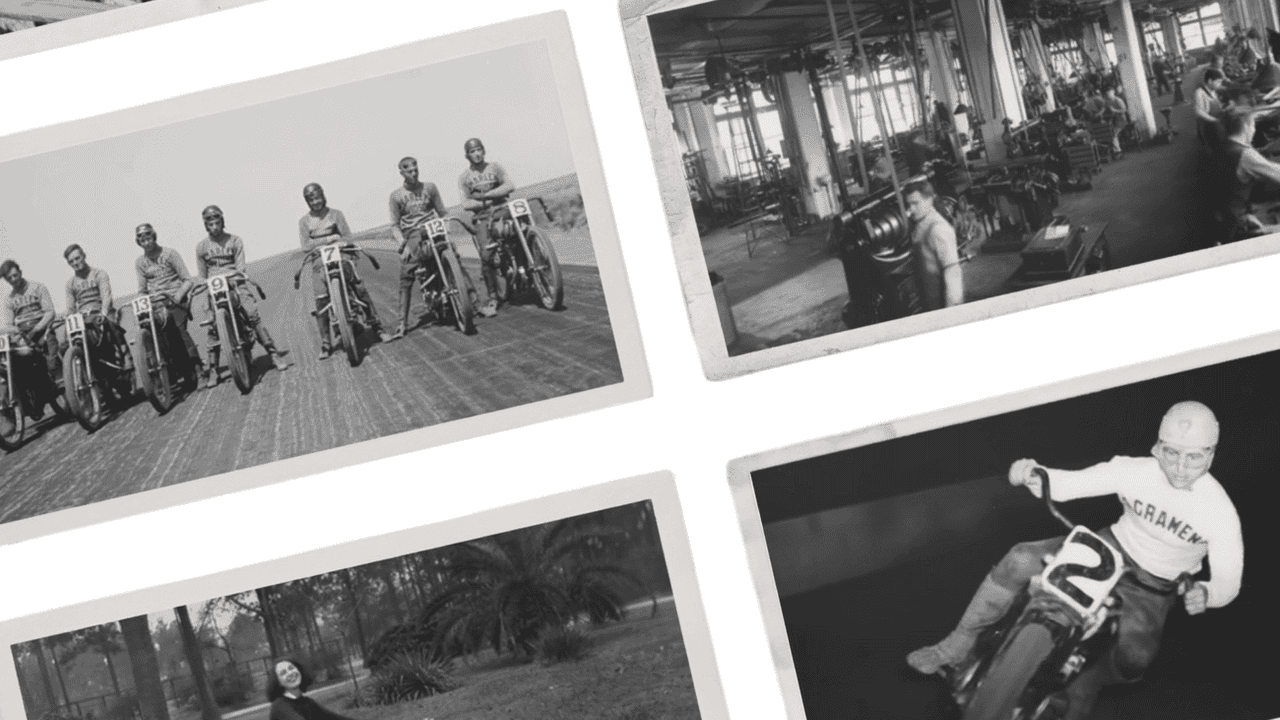
Source: Google
Moving Archives is part of Google Arts & Culture's broader mission to explore how advanced technologies can connect people with art, history, and culture in innovative ways. The project demonstrates the potential of AI in preserving and presenting cultural heritage, offering museums a new tool to reach global audiences without risking fragile artifacts
2
.Balancing Innovation and Integrity
While the project opens up exciting possibilities for historical storytelling, it also raises important considerations about the use of AI in cultural preservation. Google has taken steps to maintain historical integrity by clearly labeling AI-generated content and ensuring that original, unaltered photos remain accessible alongside their animated versions
2
.Related Stories
Future of AI in Arts and Culture
The Moving Archives project hints at the future direction of AI in cultural institutions. As AI models like Gemini and Veo continue to evolve, we can anticipate more immersive storytelling tools across museums, galleries, and libraries. This trend could transform flat exhibits into interactive journeys, potentially attracting younger, tech-savvy visitors to explore history in more engaging ways
2
.Expanding the Scope of Digital Preservation
Google Arts & Culture's initiative extends beyond the Harley-Davidson collaboration. The platform already shares delicate collections from museums worldwide virtually, and the Artists in Residence program supports various experiments with Google's technologies and AI models. These include using NotebookLM to explore historical magazines and employing Gemini to co-compose classical music
1
.References
Summarized by
Navi
Related Stories
Recent Highlights
1
Google launches Gemini 3 Flash as default AI model, delivering speed with Pro-grade reasoning
Technology
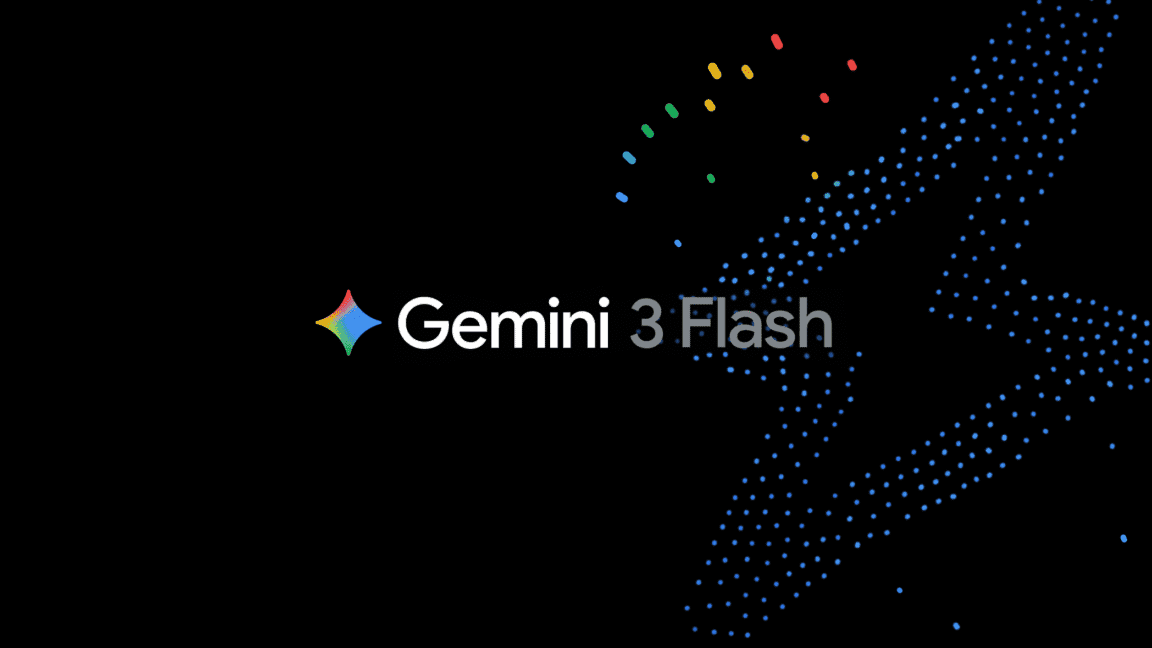
2
OpenAI launches GPT Image 1.5 as AI image generator war with Google intensifies
Technology

3
OpenAI launches ChatGPT app store, opening doors for third-party developers to build AI-powered apps
Technology

